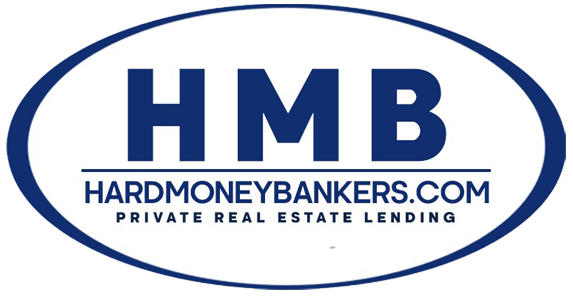When it comes to flipping properties, the thrill often lies in watching a rundown house transform into a desirable home—and of course, the potential for profit. But do you truly know how much money you net on each flip?
Let’s break it down to ensure you’re accounting for every dollar.
1. Purchase Price
This is your starting point—the cost of acquiring the property.
2. Buying Costs (~4%)
These costs typically amount to around 4% of the purchase price and include:
- Transfer & Recordation Taxes: Local government fees for transferring property ownership.
- Title Insurance: Protects against any title discrepancies.
- Miscellaneous Title Fees: Administrative costs tied to the title process.
3. Financing Costs (If Applicable)
If you’re using a hard money lender, expect financing costs to be significant:
- Interest Rates: Around 13% annually.
- Origination Points: Commonly 3 points (or 3% of the loan amount).
- Loan Term: Over a typical 6-month period, these costs can total around 10% of your project budget.
4. Holding Costs
While the property is under your ownership, you’ll incur ongoing expenses, such as:
- Utilities: Electricity, water, gas, etc.
- Property Taxes: Based on local rates.
- Insurance: To protect your investment during the renovation.
5. Rehab Costs
This is often the largest line item and includes:
- Labor & Materials: Contractors, supplies, permits, etc.
- Unexpected Repairs: Always budget for surprises.
6. Selling Costs (1% – 7%)
Depending on how you sell the property, costs can vary:
- Real Estate Commissions: Typically around 5-6% if using a realtor.
- Transfer Taxes: Again, when selling.
- Closing Costs: Miscellaneous fees to finalize the sale.
Example of a Real Estate Flip Profit Calculation:
- Total Costs (Purchase, Rehab, Financing, Holding, Selling): $200,000
- Sale Price: $260,000
- Net After Selling Expenses: $240,000
Net Profit: $40,000
This equates to a 20% net profit margin, which is often the benchmark for savvy investors.
Final Thoughts
Understanding your net profit goes beyond simple math. It requires careful planning, accurate cost tracking, and strategic decision-making. By meticulously accounting for each expense, you can ensure your flips remain profitable and sustainable in the long run.
Are you tracking your profits effectively? Start breaking down your numbers today to maximize your returns!


